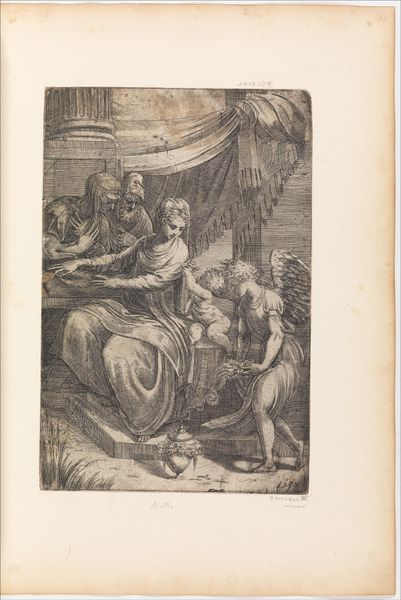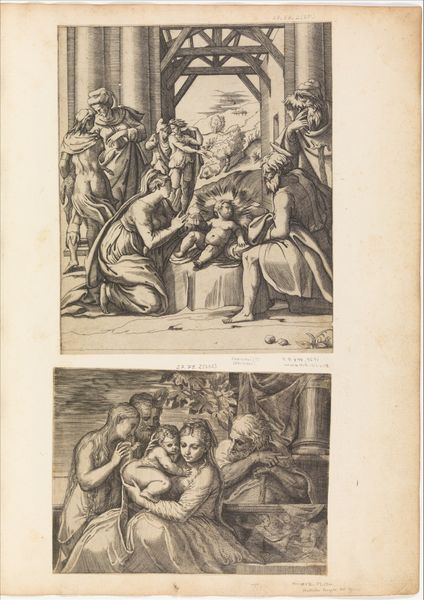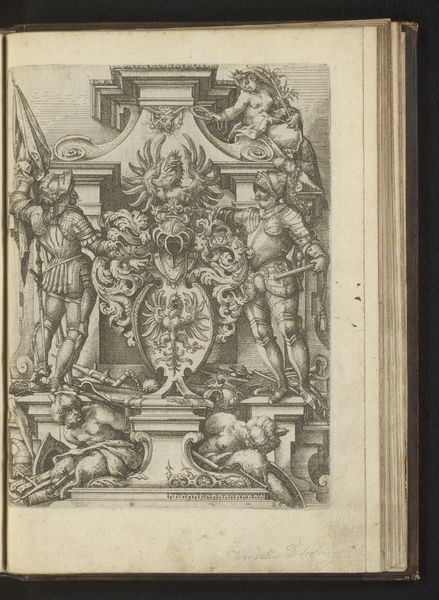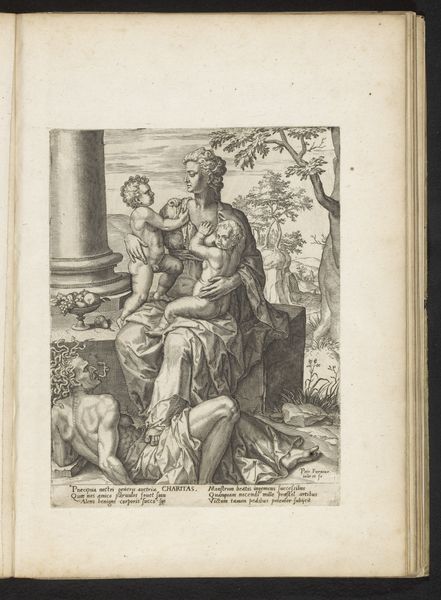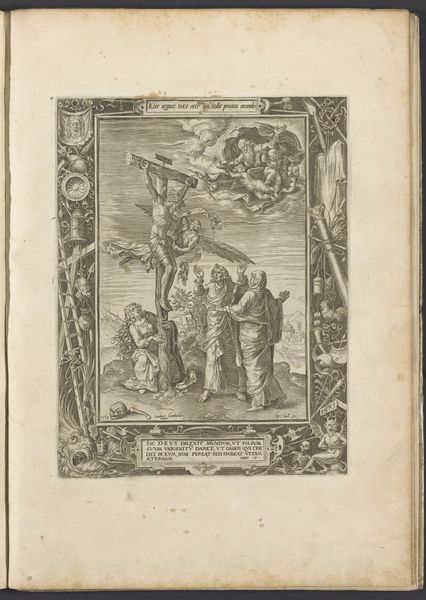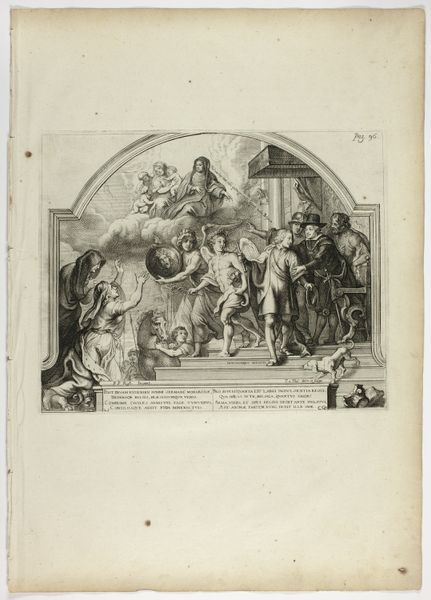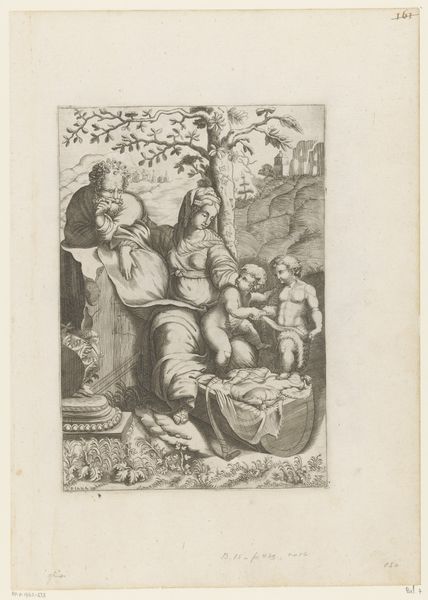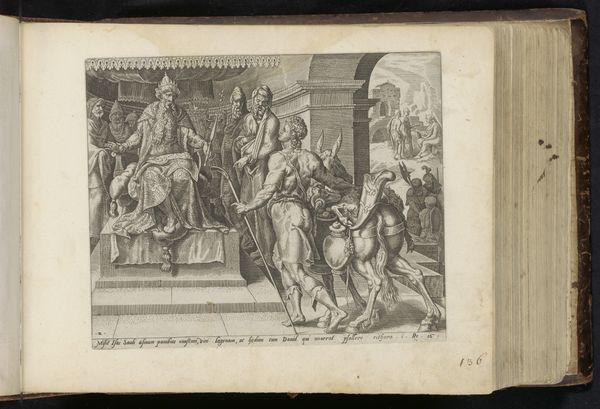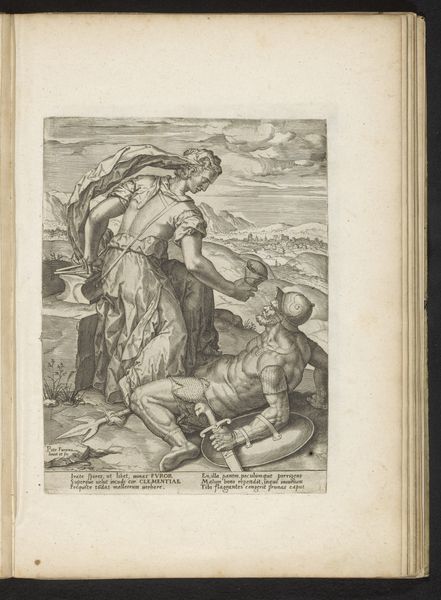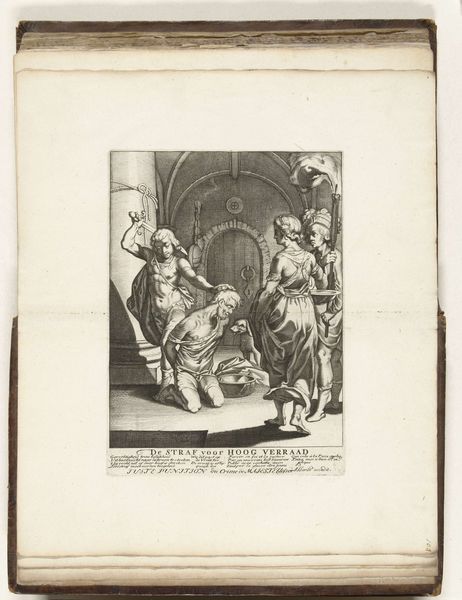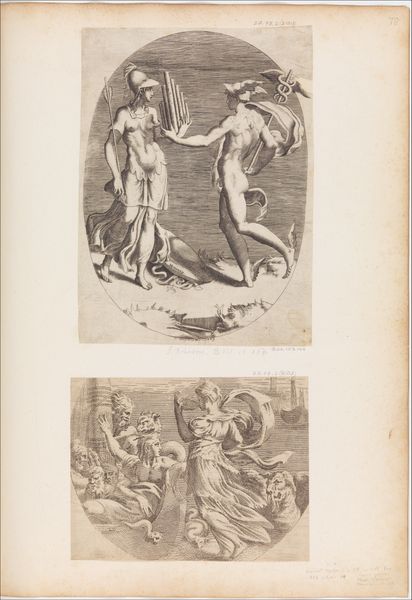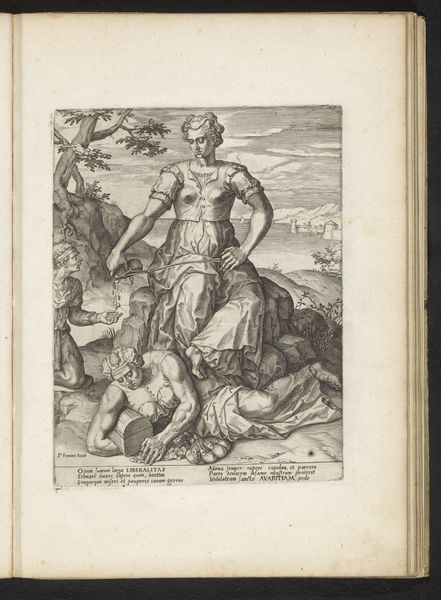
print, engraving
#
allegory
# print
#
mannerism
#
figuration
#
history-painting
#
engraving
Dimensions: height 224 mm, width 174 mm
Copyright: Rijks Museum: Open Domain
This allegory of Mercy and Peace was created by Wierix around the turn of the 17th century, using engraving. This is an intaglio process, meaning the image is incised into a metal plate, which then transfers ink onto paper. Look closely, and you can see how the artist has used hatching – tiny parallel lines – to build up tone and texture. This was painstaking work, requiring immense skill and patience. It belongs to a long tradition of printmaking, which democratized images, making them accessible to a wide audience. Notice the allegorical figures and classical motifs - this imagery would have resonated with the educated elite, who were the main consumers of such prints. The choice of engraving as a medium speaks to a desire for precision and detail, aligning with the era's emphasis on reason and order. So, as you consider this image, remember that its meaning is not just in the symbolism, but also in the very labor-intensive process that brought it into being. By understanding the materials and making, we can see how this artwork bridges the worlds of craft and fine art, reflecting the social and cultural values of its time.
Comments
No comments
Be the first to comment and join the conversation on the ultimate creative platform.

